Otitis Media - Acute and Chronic Form
Otitis media is an inflammation of the middle ear and its structures. The middle ear is a part of the ear located between the eardrum and the inner ear. The middle ear is normally filled with air. However, in case of infections, this space gets filled with fluids or mucus.
Otitis media can be classified into acute and chronic. An acute form of the disease develops rapidly, and a chronic form occurs due to the recurrence of the infection of the middle ear. The problem with chronic otitis media is that the patient may not notice any of the symptoms, and the disease is, therefore, not treated properly. Chronic otitis media can cause permanent and serious damage to the inner ear.
Complications of Otitis Media
Hearing Problems
Hearing Problems
If otitis media is not diagnosed, and in case of improper treatment, it can cause irreversible damage to the hearing. The infection can spread from the middle ear and affect the inner ear. In extreme cases, a disease may affect the brain and cranial nerves. The loss of hearing can be and most commonly is a consequence of fluid accumulation in the middle ear.
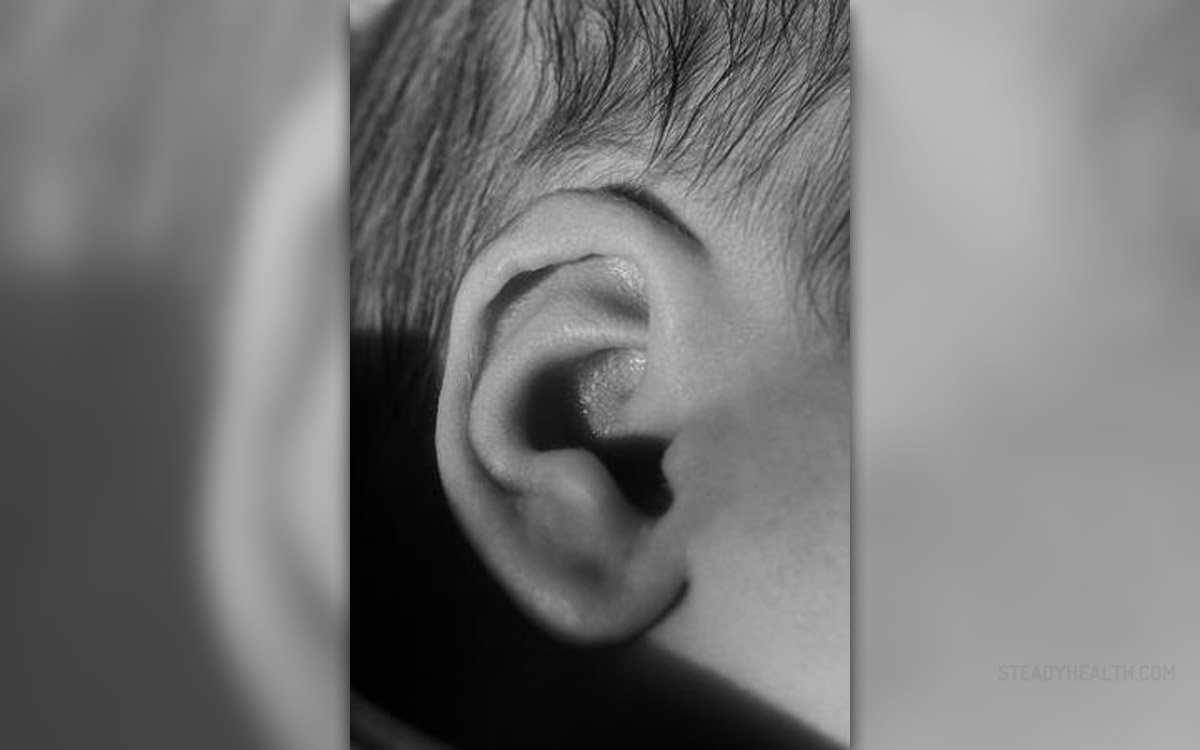
If the disease is chronic and the child is suffering from occasional re-infections, he/she may also face difficulties with speech and language development.
- Complications of otitis media are a common problem in developing countries. The factors responsible for such complications in developing countries could be poverty, lack of education, unavailability of healthcare facilities and ignorance about aural symptoms. In developed countries, however, complications can be caused by antibiotic resistance, masking of symptoms by antibiotics and change in the virulence of causative organisms.
- We retrospectively reviewed the clinical records of patients of all ages and genders who were treated in a tertiary care hospital in Nepal from May 2015 to May 2020 for complications of acute and chronic otitis media. The complications were broadly classified as extracranial and intracranial. The details of patient profiles, histories, examination findings, investigations and treatments were reviewed from the charts.
- The mean age of 164 patients with complications of otitis media was 47.44±18.58 years. There were 79 (48.2%) male and 85 (51.8%) female patients. The overall incidence of otitis media complications was 0.78%. The incidences of the complications from acute otitis media, chronic otitis media without cholesteatoma, and chronic otitis media with cholesteatoma were 0.5%, 0.06% and 5.6%, respectively.
- Extracranial complications, intracranial complications and combined extracranial and intracranial complications were seen in 80%, 11% and 9% of the patients, respectively. The most common extracranial and intracranial complications were subperiosteal abscesses and brain abscesses, respectively. There was one mortality due to complication.
Recurrent Acute Otitis Media
Acute otitis media is classified as recurrent if a person has suffered from this infection more than three times within six months. Additionally, all the people who have experienced acute otitis media four times a year are suffering from recurrent acute otitis media.
After the inflammation has healed, the reappearance of the infection most commonly occurs after a few weeks. Some people are more prone to the recurrence of acute otitis media. If the disease has affected a child younger than six months he/ she will most probably suffer from additional attack. Children in daycare also suffer from the recurrence of the disease compared to other children. And craniofacial abnormalities, as well as the presence of adenoids, contribute to the recurrence of the disease.
The therapy includes painkillers such as ibuprofen or paracetamol. Aspirin must not be administered to children under 16 because of the potential for Reye's syndrome.
Chronic Suppurative Otitis Media
This complication is not so common. The condition mostly develops due to persistent discharge from the middle ear. This period includes two weeks or more. Infection of the middle ear can also affect the tympanic membrane and lead to its perforation. The hearing will be temporarily lost until the membrane heals. Still, if the membrane does not heal properly the loss of hearing can lead to even more problems, such as difficulties with speech or language.
Chronic otitis media can be a cause of mastoiditis, meningitis, and cerebral abscess formation.
Chronic otitis media is treated with high doses of antibiotics. During the treatment, the ear must be kept dry.





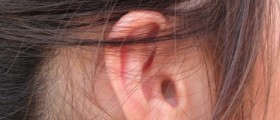


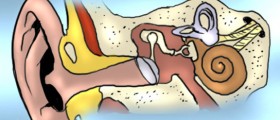

_f_280x120.jpg)


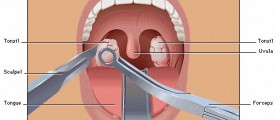
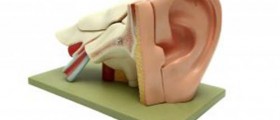

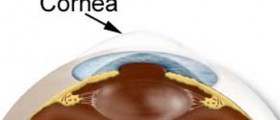
Your thoughts on this
Loading...